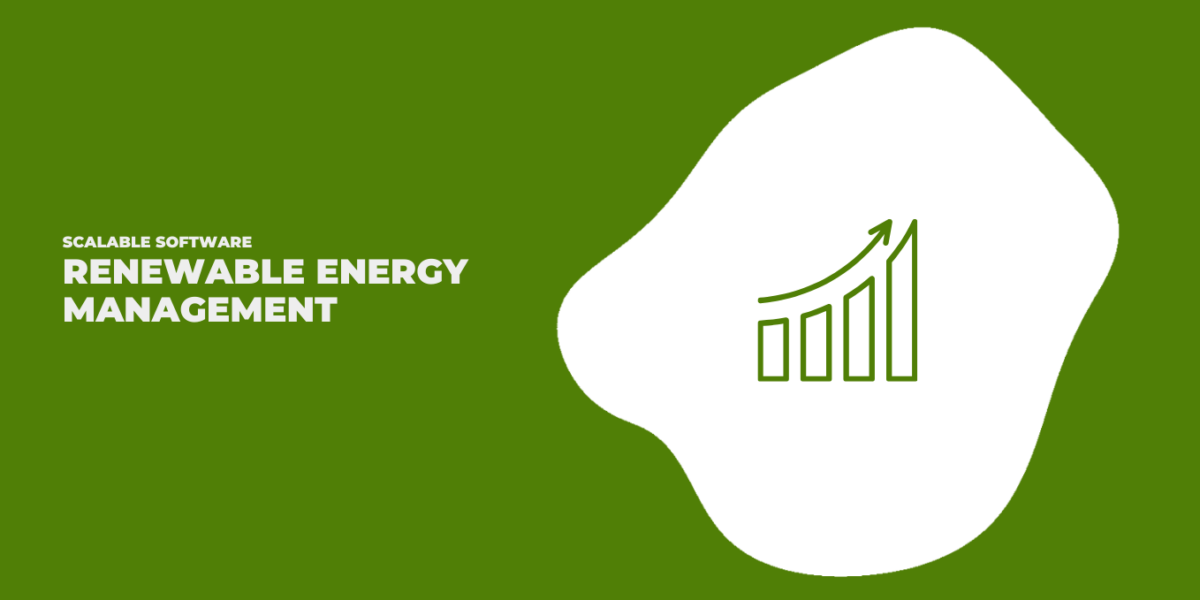When we talk about renewable energy assets, the one thing we discuss nonstop is performance, performance, performance. Consider it our mantra.
For a wind farm asset manager who devotes all his awake hours (I bet he dreams of his turbines too…) to managing a portfolio of wind projects, getting to the ideal performance level is like a high-speed chase. Hence, his eyes are set on the finish line, but there’s always a lot of noise & debate all around.
As I give myself a pat on the back for this analogy, I want you to think about this performance mark. How efficiently are your turbines performing? Are you (and they) working towards a target? How will you know if your wind asset management is reaping the results?
The bad news: these are tough questions; well you already knew that.
The good news: they all have one answer – wind asset management KPIs.
I always find it useful to categorize wind asset management KPIs. Let’s take a look at the three most common categories.
Performance KPIs – Turbine Availability & Energy Production
The first category is performance, a measure of the efficiency of a wind project. Performance KPIs answer the question, ‘is the wind farm producing maximum energy?’ Three main indicators fall under the performance category:
Wind/Energy Index
The wind/energy index is based on the output of a number of turbines that act as a reference. Once a statistical norm is identified from this data, it will be the baseline. It can be used to gauge a wind project’s underperformance in relation to the amount of available wind in a given period.
Time Based Availability
Time based availability (TBA) is the ratio of the time a wind turbine is operational and the total time under consideration. One of the easiest to calculate and measure, this indicator is essential for wind farm asset managers. Based on it, they can put strategies in place to reduce downtime.
Energy Based Availability
Energy based availability (EBA) is the ratio of real energy produced by the turbines, and the actual energy available. In other words, the EBA shows the percentage of energy a wind farm was able to capture from the available resources.
Using these metrics, an asset manager can analyze performance over a certain period of time, and point out areas of improvement. Consequently, incremental changes then help generate maximum power from a fleet of turbines.
2. Maintenance KPIs – Cost of Turbine Upkeep & Repairs
The second category of wind asset management KPIs is maintenance. While you may not hear many renewable energy companies talk about them, I believe they are crucial. Why? Simply because they ensure that a wind project has a solid maintenance strategy in place.
There’s usually a perception in asset management circles that all maintenance is good maintenance. At PowerHub, we beg to differ. I want to assert that maintenance and corrective strategies should only be used if their cost can be justified.
My colleague, James, rightly points out a key indicator, the ROI for maintenance, whenever we talk about renewable asset KPIs. Because while you may think you’re doing a great job with the upkeep and repairs of the wind turbines, are those repairs worth the time, money, and effort? That’s the question maintenance KPIs answer.
The wind asset management KPIs that fall under maintenance include:
Response Time
Response time is the duration between detecting a failure and beginning maintenance on the turbine. This KPI clearly points at the maintenance strategy in place and the efficiency of the crew during this period of time.
However, efficiency isn’t the only determinant for this indicator. Response time is also subject to the technical sensitivity of machines. For instance, it may differ depending on how sensitive and advanced the alarm systems within each turbine are.
Scheduled Compliance
Scheduled compliance is a percentage of the scheduled maintenance tasks completed on time and the total number of tasks registered. It indicates how the wind asset management maintenance strategy is doing by gauging the timeliness of corrective action.
Corrective Maintenance
Generally, maintenance is divided into two types, corrective and preventive. Corrective duties are performed if a turbine comes across an issue. However, preventive measures are taken well before a bottleneck occurs.
Hence, this indicator is the percentage of corrective measures taken, out of the total interventions, to keep the wind turbine up and running.
As a general rule of thumb, corrective maintenance measures are more costly than their counterpart. Therefore, the lower this percentage the better.
Overtime Jobs
Overtime jobs is the ratio between overtime hours, and the planned working hours for the maintenance crew. If this percentage is high, it indicates that a lot of unplanned corrective maintenance activity is occupying the staff. And hence, raising the cost of repairs.
Cost of Spare Parts Versus Total Maintenance Costs (TMC)
The cost of spare parts expressed as a percentage of the TMC indicates the proportion of the TMC taken up by spare parts. While these parts are essential for the repair of the turbine, a high percentage may ring a bell. It should prompt a wind farm asset manager to consider alternative suppliers or materials to keep this number in check.
Total Annual Maintenance Cost (TAM) versus Annual Maintenance Budget (AMB)
Within maintenance, this KPI is perhaps, the most useful for stakeholders. It gives a high-level comparison between maintenance budget, and real cost to intervene. For instance, a TAM that is higher than AMB presents a red flag for the health of the wind assets.
TAM vs. AMB can be calculated for each turbine within a wind farm or across a portfolio.
Backlog
Backlog is the list of maintenance tasks in the pipeline. While there is no standard figure for it, overtime, a wind farm asset manager can set a baseline for comparison. Generally speaking, the longer the backlog, the more work a manager needs to put into an efficient maintenance strategy.
Now, don’t get me wrong. Maintenance is and should always be a top concern. However, you should constantly assess the type and frequency of repairs using these indicators.
3. Reliability KPIs – Turbine Downtime Frequency & Losses
Lastly, reliability. The third category of wind asset management KPIs answers the questions, ‘how frequently will the turbine have downtime and what are the losses associated to it.’
Reliability KPIs measure the ability of the turbines to produce power in a given set of circumstances. The three most important KPIs under this category include:
Mean Time to Failure (MTTF)
The mean time to failure (MTTF) measures how reliable a non-repairable turbine part is. A non-repairable part needs to be replaced when it stops functioning because there is no repair treatment for it.
Using MTTF data over the years, a wind asset manager will be able to predict failures of these parts, and prepare well ahead of time.
Mean Time to Repair
The ratio between total time taken to repair and the total number of failures is the mean time to repair (MTTR). Therefore, it is the average time turbines take to start functioning again.
For wind asset managers, the repair rate (reciprocal of MTTR) is important. It helps them assess whether or not the maintenance team is prioritizing the reliability and performance of the wind turbine with quick repairs.
Mean Time Between Failures (MTBF)
The mean time between failures (MTBF) is calculated by dividing total operational hours with the number of turbine or farm failures. The MTBF is the standard measure to gauge the reliability of turbines because it hints at the frequency of recurring downtime.
Reliability indicators are a great way to assess the strength of a portfolio of wind projects. As a result, managers and asset owners can get useful insight from these numbers. They can then decide whether to grow their existing portfolio or not.
The Way Forward with Wind Asset Management KPIs
While all wind asset management KPIs are important, none of them give a conclusive answer about the health of a wind farm on their own. Therefore, you must see these indicators in relation to each other. Doing so will give you a complete and comprehensive picture of how well the project is faring.
What makes wind asset management KPIs useful? Good question.
Measuring. Assessing. Re-forecasting. A thousand times over. That’s the recipe to prevent missing out on key performance indicators, and increasing profitability. I cannot stress the value of constantly revisiting your assumptions and forecasts. With the great force of nature, i.e. wind, in the mix, it’s a smart move to not take anything as a constant.




